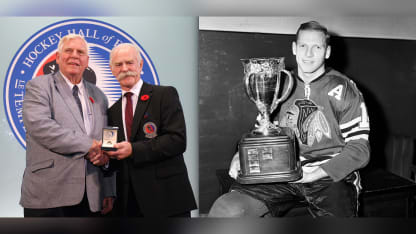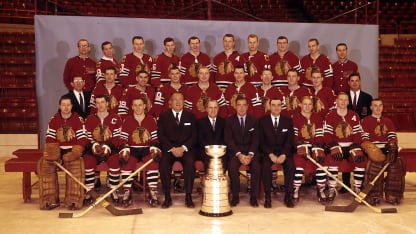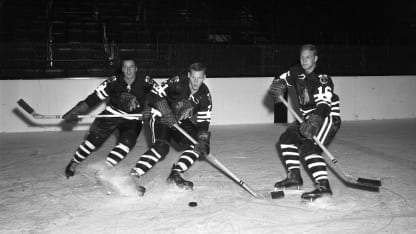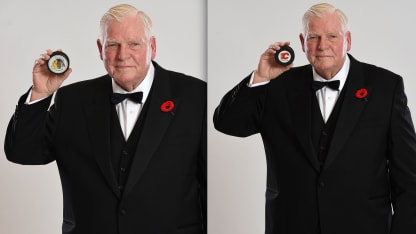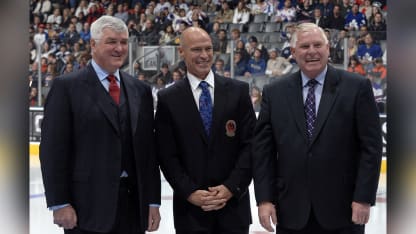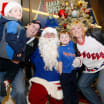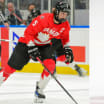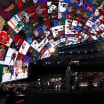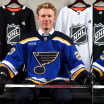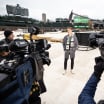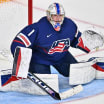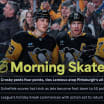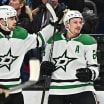Bill Hay, a Stanley Cup champion, Calder Trophy winner and for decades an influential figure with the Hockey Hall of Fame, Hockey Canada and Calgary Flames, has died. He was 88.
The native of Lumsden, Saskatchewan, inducted into hockey’s shrine in the Builders category in 2015, played eight seasons for the Chicago Black Hawks from 1959-67, winning the Calder Trophy in 1959-60 as the NHL’s top rookie and becoming the first player U.S. college-trained player to become a regular in the League, out of Colorado College.
A year after Hay’s award-winning rookie year, he played a part in helping Chicago end a 23-year championship drought.
But it was his work off the ice at many levels, following in the strong managerial footsteps of his father, Charles Hay, that helped to shape the game in Canada and the U.S.
Hockey in the family blood, Hay ultimately followed his father into the shrine, the latter having been inducted as a Builder in 1974.
